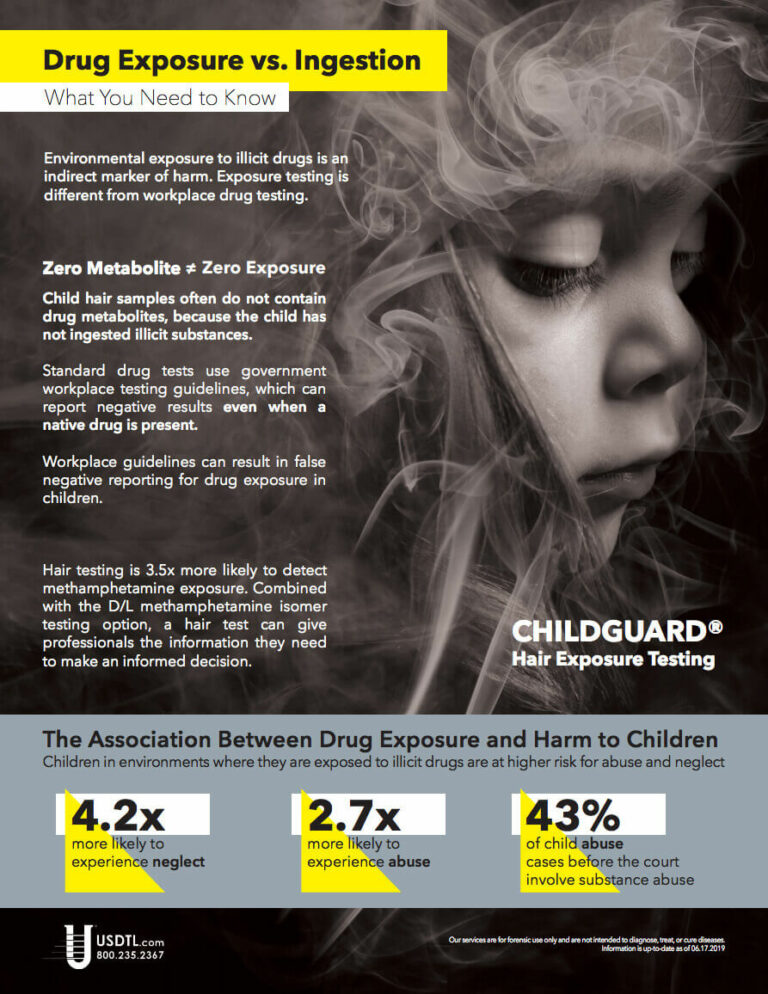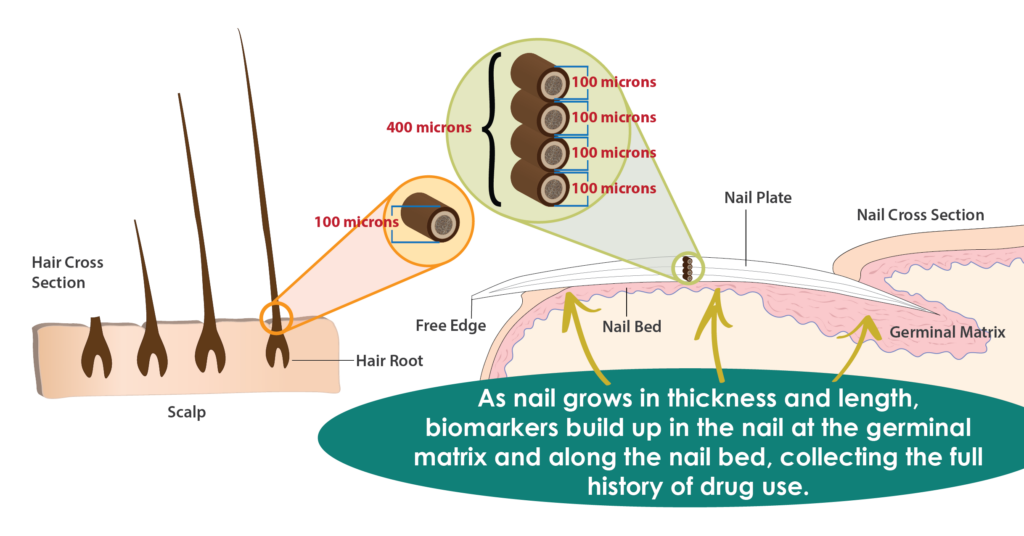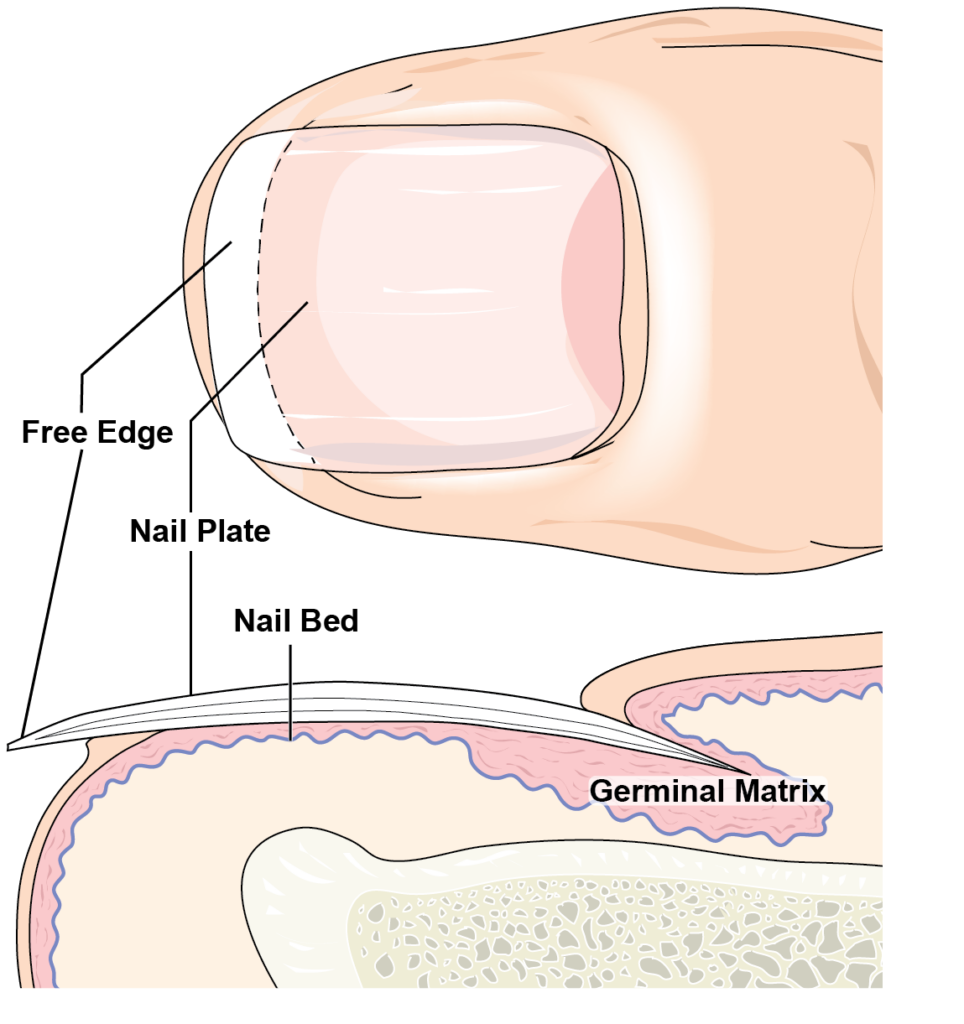Blog
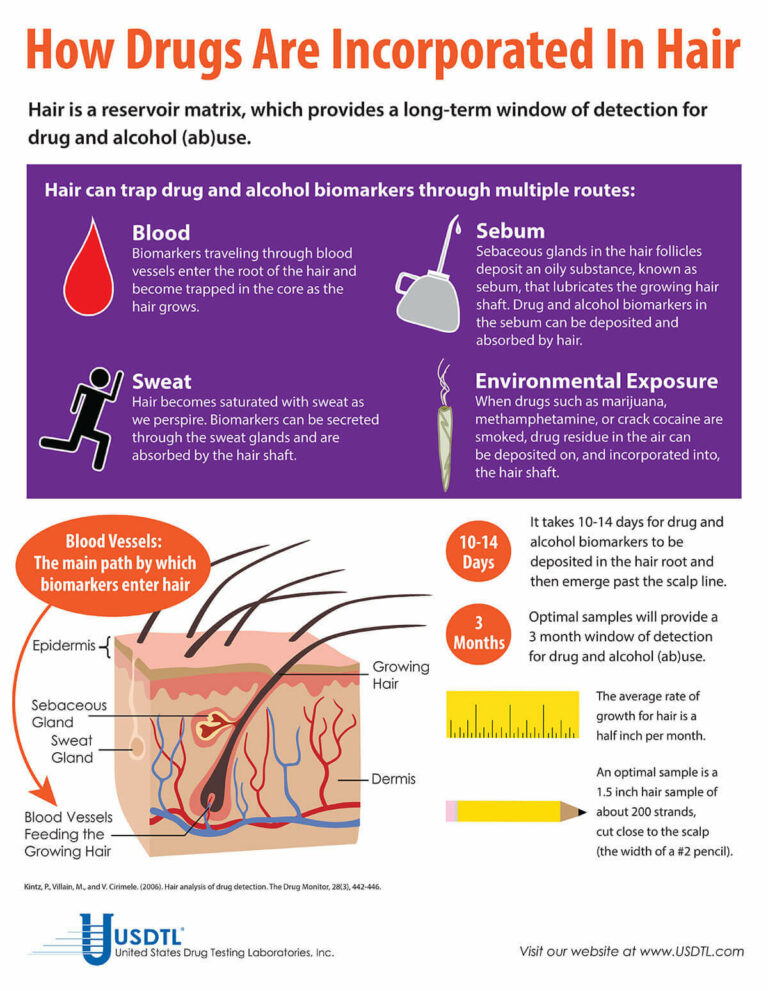
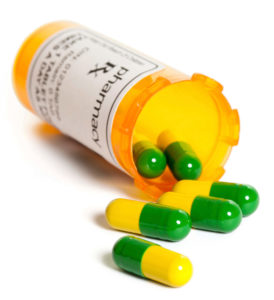 On August 18, 2014, the pain reliever tramadol (Ultram®) will be scheduled as a Class IV controlled substance by the U.S. Drug Enforcement Administration.1 Tramadol is a synthetic, opioid pain reliever similar in strength to codeine. In 2012, more than 40 million tramadol prescriptions were written in the United States, more than any other opioid medications except for hydrocodone and oxycodone.2
On August 18, 2014, the pain reliever tramadol (Ultram®) will be scheduled as a Class IV controlled substance by the U.S. Drug Enforcement Administration.1 Tramadol is a synthetic, opioid pain reliever similar in strength to codeine. In 2012, more than 40 million tramadol prescriptions were written in the United States, more than any other opioid medications except for hydrocodone and oxycodone.2
In 1994, clinical data suggested tramadol had a very low abuse potential.3 Research has since shown that tramadol can produce a euphoric high similar to oxycodone. At doses greater than prescription levels, tramadol has addiction reinforcing effects similar to morphine and oxycodone.
Between 2004-2012, emergency department visits related to illicit tramadol use increased from 4,800 incidents to more than 16,000.1 Adverse effects of tramadol include sedation, dizziness, respiratory depression, seizures, apnea, and death.4
Withdrawal symptoms often occur following both abrupt and tapered discontinuation of tramadol use, suggesting an issue of drug dependence for tramadol users.
In the year 2000, tramadol was present in only 82 law enforcement drug seizures. This number increased to 1806 by 2012.1 A 2002 study found that 87 out of 140 healthcare professionals testing positive for tramadol use obtained the drug with illegal prescriptions.
Tramadol is available in both single dose (25-100 mg) and extended release (100-300 mg) forms. Tramadol abusers can crush extended release tablets and ingest them for an instant, high-dose euphoria similar to OxyContin but without the cognitive impairment.2
Fingernail testing detects tramadol use for up to six months, while hair provides a three month look-back. Tramadol testing is available in USDTL’s extended drug panels. If you have questions or need more information about tramadol testing, contact our Client Services group at 800•235•2367 or at clientservices@usdtl.com.
References
1. Office of Diversion Control, Drug and Chemical Evaluation Section. (May 2013). Schedules of Controlled Substances: Placement of Tramadol into Schedule IV. Retrieved from https://www.dea.gov/drug-information/drug-scheduling
2. Nadia Awad. (2014). Now What? DEA Tosses Tramadol in Schedule IV. Retrieved from http://www.medpagetoday.com
3. John Fauber. (2013). Killing Pain: Tramadol the “Safe” Drug of Abuse. Retrieved from http://www.medpagetoday.com
4. Senay, E.C., Adams, E.H., et al. (2003). Physical Dependence on Ultram (tramadol hydrochloride): Both opioid-like and atypical withdrawal symptoms occur. Drug and Alcohol Dependence, 69:233-241. DOI: 10.1016/s0376-8716(02)00321-6
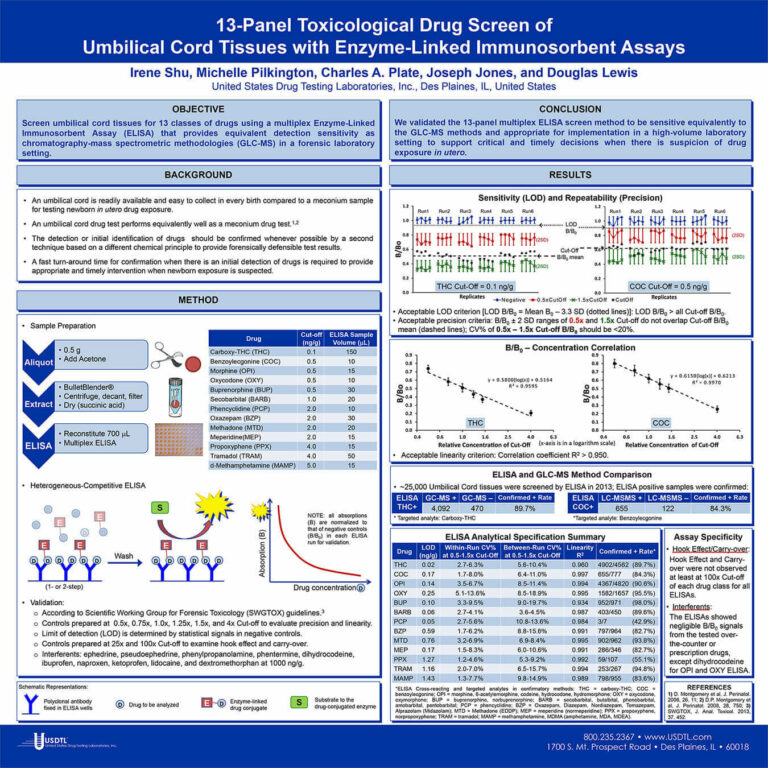
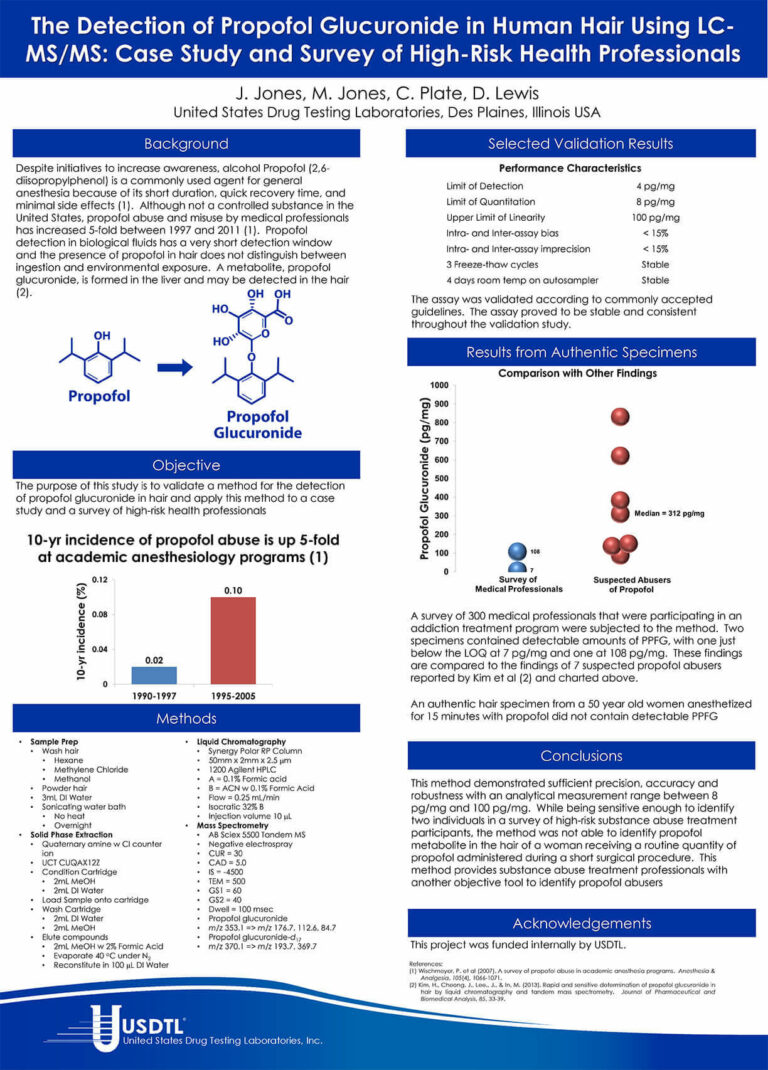
Fingernails, a keratinized protein like hair, are emerging as a popular specimen type for alcohol and other drug testing. Although fingernail specimens have been used for toxicological analysis and pharmacokinetic studies for decades, many people have less experience interpreting the results than hair and urine, and there is confusion about whether to use nail clipping or scraping.
How Far Back Does Fingernail Testing Go?
One of the most frequent questions we receive revolves around the detection window for fingernail testing. To understand the detection window, we need to first discuss the anatomy of the fingernail and the incorporation of compounds in the nail first.
Anatomy of the Nail
Nail is a keratinized protein very similar to hair. It is porous, and compounds become trapped and bind within the structure. For this discussion, we need to know four anatomical features of the nail: the germinal matrix, the nail plate, the nail bed, and the free edge (Figure 1). The nail originates at the germinal matrix and grows outward toward the fingertip. The hardened material forming the nail plate grows across the nail bed, which is rich in capillary blood flow (this causes the pinkish color to your fingernails). As the nail grows, material is added from underneath, lengthens, and thickens as it grows outward toward the fingertip. Once the nail plate erupts from the nail bed and extends past the end of the fingertip, it is called the free edge. The free edge is the piece that you clip cut off when clipping your nails. The entire process takes up to 6 months, depending on the individual’s health.
The 4 Routes of Biomarker Incorporation
Compounds are incorporated into the nail by four main routes. The first route, just like hair, is environmental exposure. If someone is handling a drug or near around someone smoking a drug, the drug gets on the nail, works its way into the pores, and binds to the keratinized protein. The second route is the sweat and oil of the skin surrounding the nail, which deposits drugs and drug metabolites into the nail. The third route of incorporation is the blood flow in the germinal matrix, which deposits drug and drug metabolites into the forming nail. Lastly, drug and drug metabolites are deposited to the underside of the nail plate by the blood flow in the nail bed. These four very different routes of incorporation are superimposed on top of each other, rendering a very complex drug history.
Detection Window
When alcohol or other drugs are ingested, biomarkers can be found in nails as early as 1-2 weeks later. The time period of detection depends on the substance used, the amount used, and personal metabolism. Given the anatomy of nail growth and the incorporation routes, drug and alcohol biomarkers may be detectable in fingernails for up to approximately 3-6 months. Like any drug test, time, dose, or frequency of use cannot be inferred, and a negative result is not proof of abstinence.
Clipping, No Nail Scraping!
Since the clipping contains the entire growth and history of the nail, nail scraping is unnecessary. Fingernail specimens are clipped and collected by the donor under the observation of a trained collection staff member. A clipping of 2-3 mm long (about the width of a quarter) from all ten fingernails will, in most cases, give an acceptable amount for screening and confirmation.
Reference A. Palmeri et al. (2000). Drugs in nail: Physiology, pharmacokinetics, and forensic toxicology. Clinical Pharmacokinetics. 38(2), 95-110.
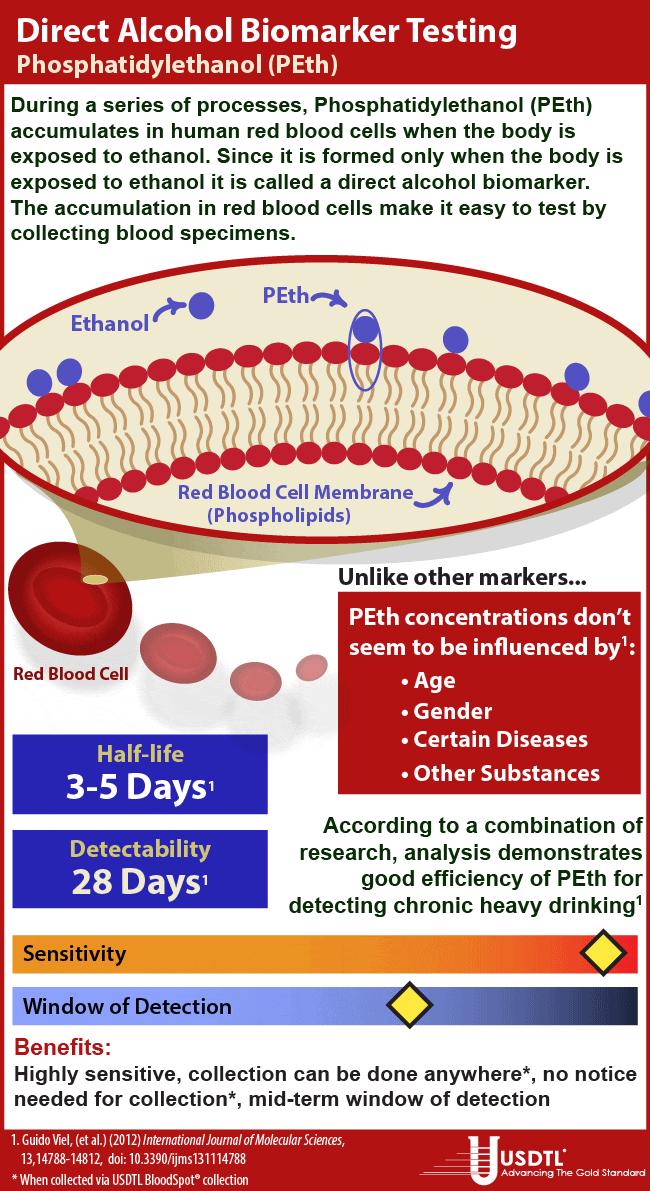
- The Detection of Delta-9-tetrahydrocannabinol, Delta-8-tetrahydrocannabinol, Delta-10-tetrahydrocannabinol, and Cannabidiol in Hair Specimens
- Umbilical Cord Tissue Testing for Ketamine
- Drugs of Abuse: A DEA Resource Guide (2024)
- Beyond THC and CBD: Understanding New Cannabinoids
- New Xylazine, Psilocin, Gabapentin, Dextromethorphan, and Extended Cannabinoids Testing at USDTL
- Psilocin: The Magic Behind the Mushroom
- Fetal Fentanyl Syndrome: Why Detecting Newborn Fentanyl Exposure Matters Now More Than Ever
- DMT: An Overview
- October 2025 (1)
- July 2025 (3)
- May 2025 (2)
- April 2025 (2)
- March 2025 (2)
- February 2025 (1)



